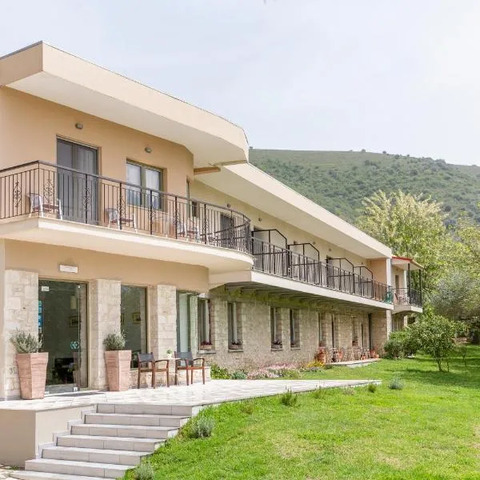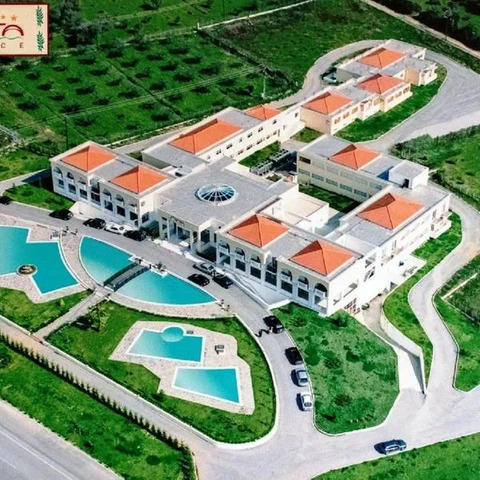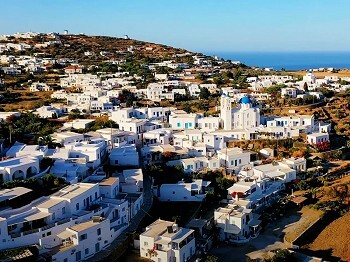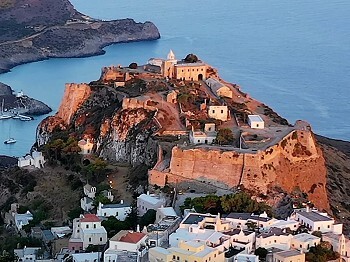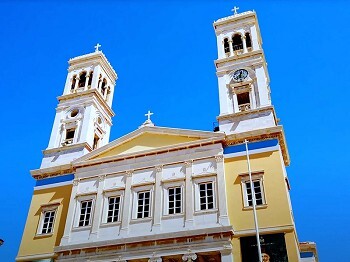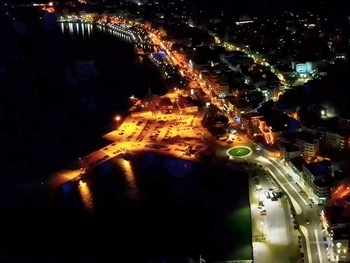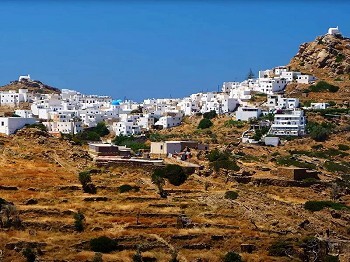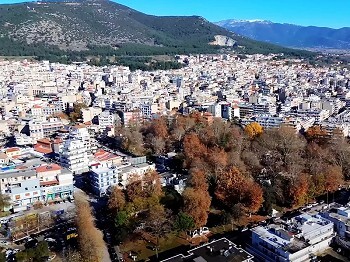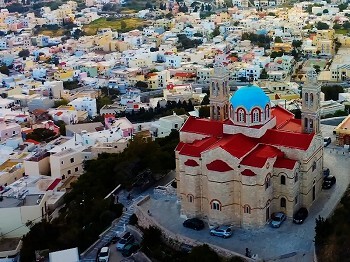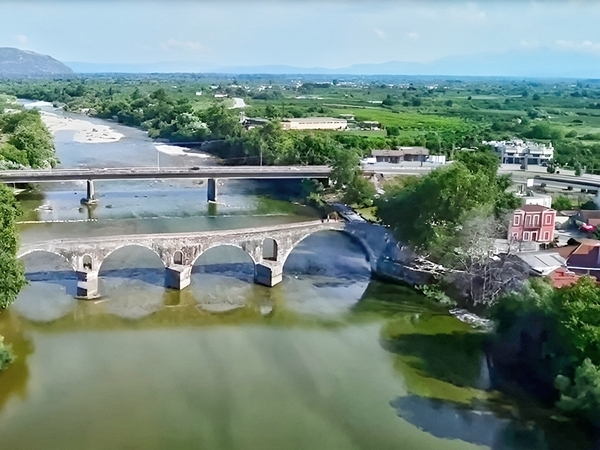
Arta City, nestled in the northwestern region of Greece, is a treasure trove of historical marvels waiting to be explored. With its rich cultural Heritage and ancient Landmarks, this city offers a captivating journey through time. From Byzantine churches to Ottoman-era structures, Arta’s historical sites are a testament to its storied past. In this guide, we'll uncover the most significant historical sites you should visit when exploring this charming city.
We suggest for your stay:
Still Looking for the Perfect Stay?
1. The Arta Fortress: A Testament to Byzantine Engineering
The Arta Fortress, known locally as the "Kastro," stands as a formidable symbol of Byzantine Architecture and military prowess. Built in the 13th century, this imposing structure once protected the city from invaders. As you walk through its ancient walls and towering battlements, you’ll gain insight into the strategic importance of Arta during the Byzantine Empire. The fortress offers panoramic Views of the surrounding landscape, providing a perfect backdrop for photography enthusiasts and history buffs alike.
2. The Church of Panagia Parigoritissa: Byzantine Artistry at Its Finest
The Church of Panagia Parigoritissa, a stunning example of Byzantine religious Architecture, is renowned for its intricate Frescoes and elaborate stonework. Constructed in the 13th century, this church served as a significant religious center in Arta. Its interior is adorned with beautifully preserved Frescoes depicting biblical scenes, while the exterior showcases impressive architectural details that reflect the craftsmanship of the period. Don’t miss the chance to marvel at this architectural masterpiece and learn about its Historical significance.
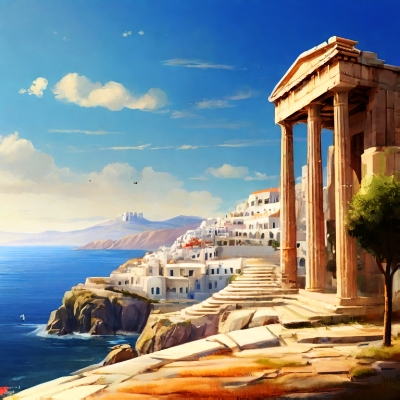
3. The Bridge of Arta: Legend and History Intertwined
The Bridge of Arta, or "Georgios Bridge," is a legendary landmark with a fascinating history. According to local folklore, the bridge was built by a ruler who sacrificed his wife to ensure its stability. The story adds a mystical aura to the already impressive structure. Built during the Ottoman era, this bridge spans the Arachthos River and has long been a crucial crossing point in the region. Its architectural design and the accompanying legend make it a must-visit site for anyone interested in Arta’s historical narrative.
4. The Ottoman Mosque: A Glimpse into Arta’s Multicultural Past
The Ottoman Mosque, also known as the "Old Mosque," stands as a testament to Arta's diverse cultural history. Constructed in the 17th century, this mosque reflects the influence of Ottoman Architecture in the region. Though its function has changed over the years, the mosque Remains an important historical site, offering insights into the Islamic Heritage of Arta. Visitors can explore its serene courtyards and detailed architectural elements, gaining a deeper appreciation for the city’s multicultural Heritage.

5. The Archaeological Museum of Arta: Unearthing Ancient Treasures
The Archaeological Museum of Arta is an essential stop for anyone interested in the region’s ancient history. The museum houses an impressive Collection of Artifacts from various historical periods, including Sculptures, Pottery, and coins. Highlights include items from the Roman and Byzantine eras, providing a comprehensive overview of the area's rich cultural Heritage. The museum’s Exhibits offer a fascinating glimpse into the daily life and artistic achievements of past civilizations that once thrived in Arta.
6. The Monastery of St. Nicholas: Serenity and Spiritual Heritage
The Monastery of St. Nicholas, located just outside Arta City, is a serene retreat that offers both spiritual solace and historical intrigue. Founded in the 16th century, this Monastery is renowned for its peaceful Setting and beautifully preserved Frescoes. Visitors can explore its tranquil grounds, admire the intricate Artwork, and learn about the monastic life that once flourished here. The monastery’s Historical significance and serene Ambiance make it an ideal destination for those seeking a blend of history and tranquility.

7. The Archaeological Site of Ambrakia: Echoes of an Ancient City
The archaeological site of Ambrakia, situated near Arta, provides a fascinating glimpse into the ancient city that once thrived in this region. Founded in the 4th century BCE, Ambrakia was a significant urban center in antiquity. Today, visitors can explore the Remains of its fortifications, public buildings, and residential areas. The site offers valuable insights into the urban planning and daily life of ancient Greek cities, making it a compelling destination for history enthusiasts.
8. The Byzantine-era Walls: Ancient Defenses and Urban Planning
The Byzantine-era walls of Arta, remnants of the city’s historical defenses, provide a tangible connection to its past. These ancient walls once encircled the city, protecting it from external threats. Walking along the surviving sections of the walls offers a unique perspective on Byzantine military Architecture and urban planning. The walls’ imposing structure and strategic placement reveal much about the city’s Historical significance and defensive strategies.
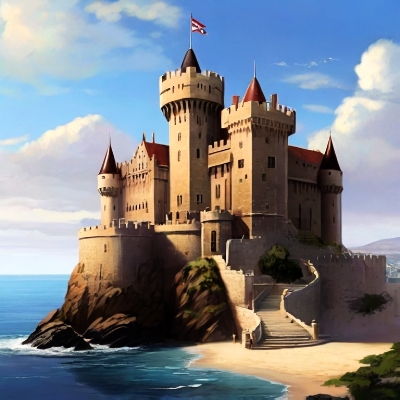
9. The Church of St. Demetrius: A Blend of Byzantine and Ottoman Influences
The Church of St. Demetrius, located in the heart of Arta, is an intriguing example of the blending of Byzantine and Ottoman architectural styles. Originally built in the Byzantine era, the church underwent modifications during the Ottoman period, resulting in a unique fusion of design elements. The church’s rich history and distinctive architectural features make it a noteworthy site for visitors interested in the cultural and historical interplay between different periods.
10. The Medieval Tower of Arta: A Peek into Feudal History
The Medieval Tower of Arta, an imposing structure from the feudal era, stands as a reminder of the city’s medieval past. This tower once served as a watchtower and defensive fortification, playing a crucial role in the region’s security. Today, visitors can explore its sturdy walls and imagine the strategic importance it held during medieval times. The tower’s Historical significance and commanding presence make it a must-visit for anyone interested in Arta’s feudal history.

Conclusion
Arta City is a captivating destination for history enthusiasts, offering a wealth of historical sites that span various periods and cultures. From Byzantine churches to Ottoman mosques, each site provides a unique glimpse into the city’s rich and diverse past. Whether you’re exploring the imposing Arta Fortress or marveling at the intricate Frescoes of The Church of Panagia Parigoritissa, Arta promises an enriching journey through history. Plan your visit to these remarkable sites and Experience the timeless charm of this historic Greek city.


